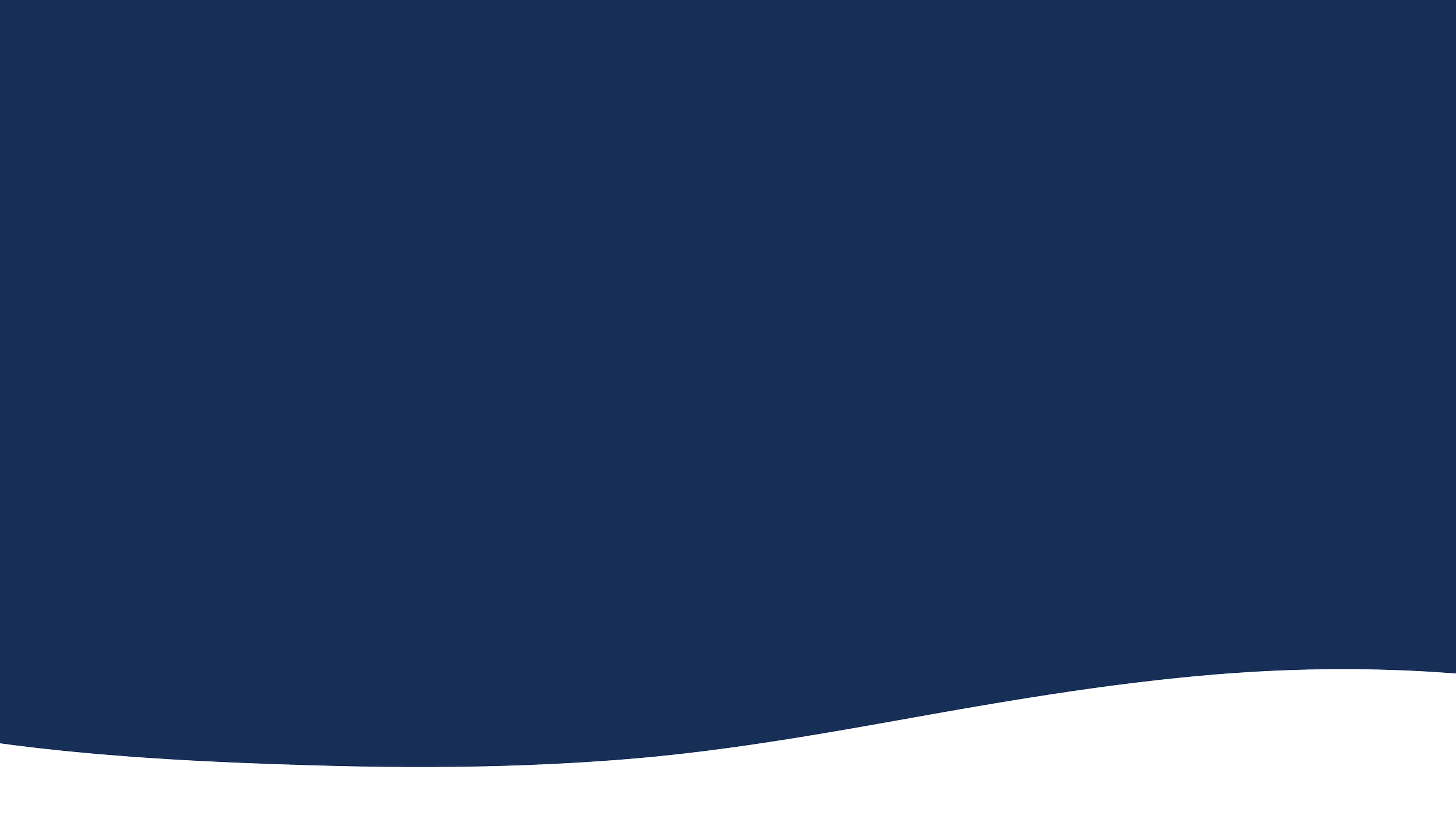
Skin Rejuvenation
Skin rejuvenation without the hassle
People of all ages and skin types are turning to cosmetic procedures to feel more confident, appear more attractive, and look as young as they feel. But the face they see in the mirror doesn’t always reflect the look they want.
The Neo Elite Addresses Your Top Skin Concerns All at Once — and with No Downtime!
-
This can vary depending on skin and severity of the condition, but generally 4 to 6 sessions are required to achieve a good result. After that, the patient may need maintenance every few months depending on their skin type.
-
Patient should receive 1 treatment every one to two weeks.description
-
The number of treatments as well as results vary from patient to patient. Commonly, improvement may be seen anywhere from 4–8 weeks if treatments are performed every 1 to 2 weeks depending on the severity of the condition and the patient’s skin’s reaction to the therapy. Some patient’s condition may worsen before it gets better
-
There is no cure for acne, only maintenance, so further treatment may be required in the future. This will vary patient to patient and some will have greater results than others depending on the severity of their acne, their skin type, and their daily maintenance.
-
No, there is just a mild, very tolerable sensation of heat. This is one of the key technical breakthroughs of Aerolase technology. The Neo Elite has set a new standard for virtually pain-free treatment, even on darker skin types, thanks to MicroPulse-1064 technology.
-
Yes, the Neo Elite will remove pigment and redness from acne scars. It will also improve the skin’s texture slightly due to the absorption of water which will rebuild collagen and elastin.
If seeking major improvement with cratering or pock marks, we highly recommend receiving an ablative Era treatment.
-
Actually, the Neo Elite is the safest laser in the industry for darker skin types or tanned skin. This is because of MicroPulse-1064 technology, which essentially eliminates treatment pain while minimizing the chances of hyper- and/ or hypo- pigmentation. Patients with skin types IV–VI should not be treated with on the face with high power using the 2mm lens as the risk of hyper- and/or hypo- pig- mentation is increased.
-
Those who are pregnant
Those who are sunburned or have irritated skin in the sites to be treated
Those who are exhibiting unidentified skin conditions in the sites to be treated
Those who have healed poorly after other types of laser treatments
Patients prone to skin discoloration
Patients who are taking photosensitizing medication, such as Accutane, should consider discontinuing the medication 6 months before treatment
Patients who are taking topical Retin-A, patients should wait 2 weeks before treatment
Don’t apply laser energy to any raised lesions, aside from purely red ones i.e. angiomas; other lesions should first be checked by a dermatologist
Patients who are sunburned should wait until the burn subsides. Herpes Simplex Labialis (fever blisters) can be activated by laser treatment, especially on the upper lip, and patients with a tendency for fever blistering can be started on antiviral medication before treatment.
